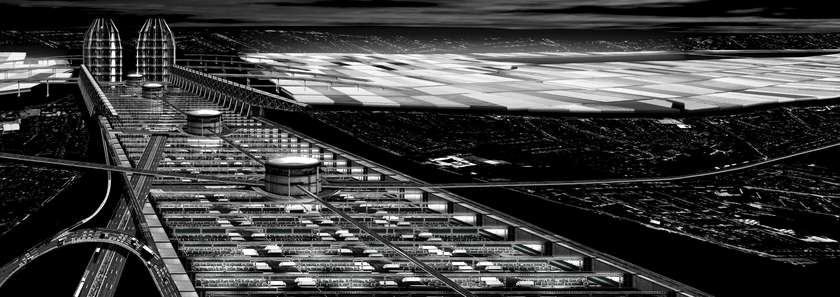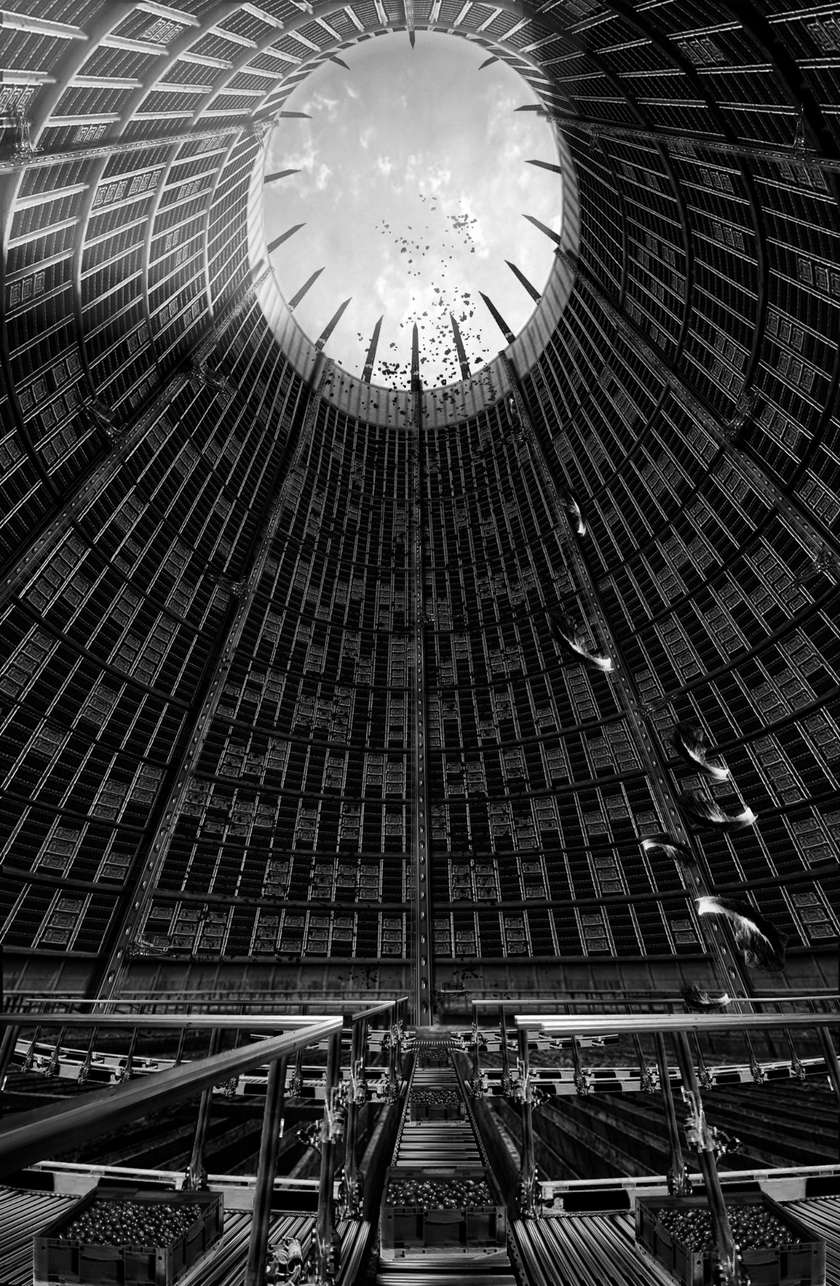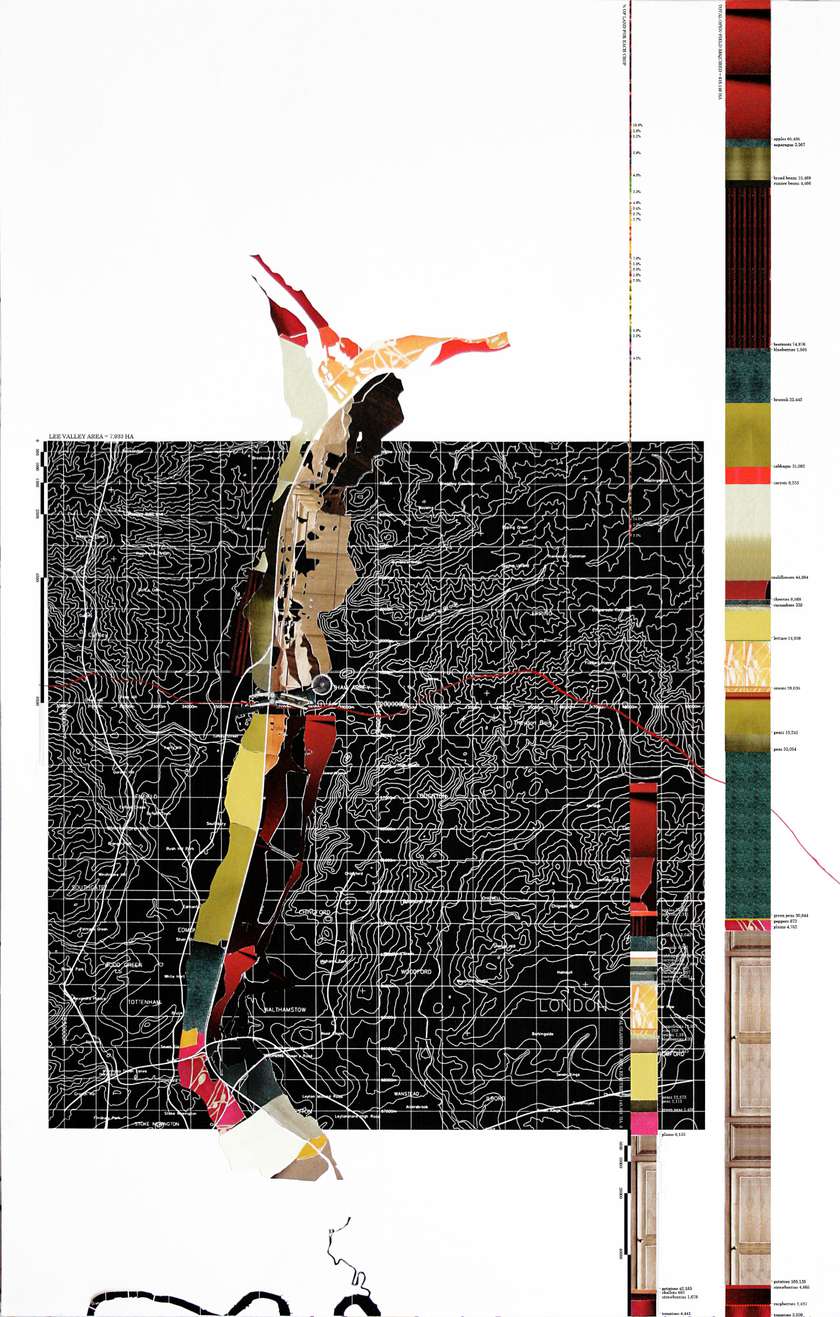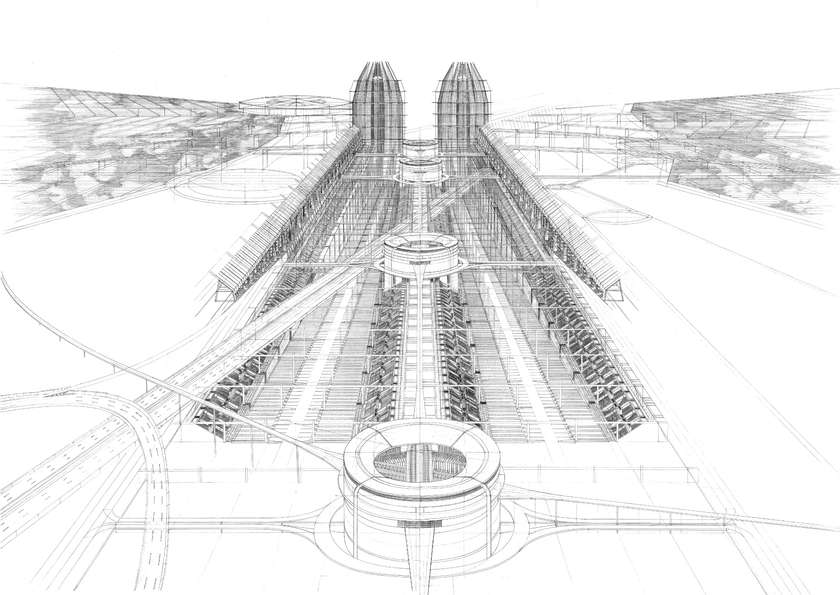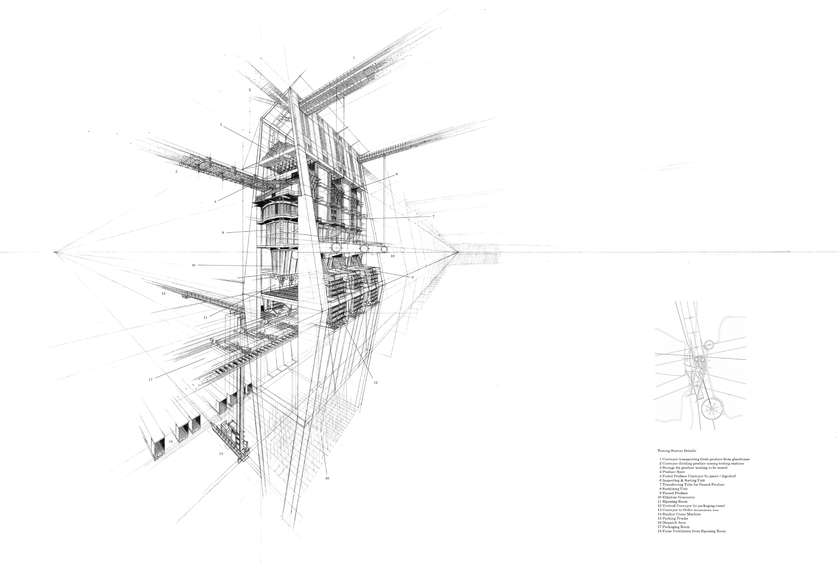Idea by
Bong Yeung
Call for ideas 2018
Architecture of Waste
Architecture of Waste
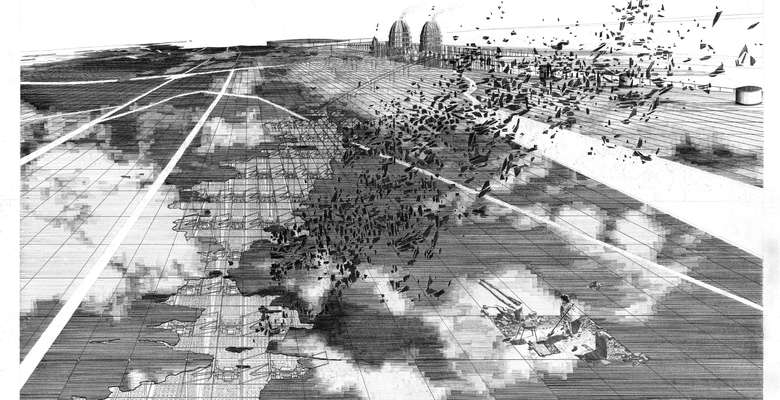
Lea Valley, London has been chosen as the site. It has been a socially and economically deprived area, but also has a remarkable history of horticultural industry in the last century. The proposed super-farm will be an urban regeneration project through urban strategies, which could generate self-sufficiency at 43.7% in 7,933 hectares of land. I have explored the potential agricultural technologies that can boost the levels of productivity and environmental performance: hydroponic farming and the closed-glasshouse system. Thanet Earth and Sky Farm provide examples which I have examined and analysed the technical data of hydroponic farming. The architecture will be responsible to distribution and the use of anaerobic digesters to convert “non-standard” failed produce into bio-fuel, suggesting that 400,000 local households could have energy provision from this source in London. The project attempts to response the challenges of food and fuel supplies that the UK faces in the future.
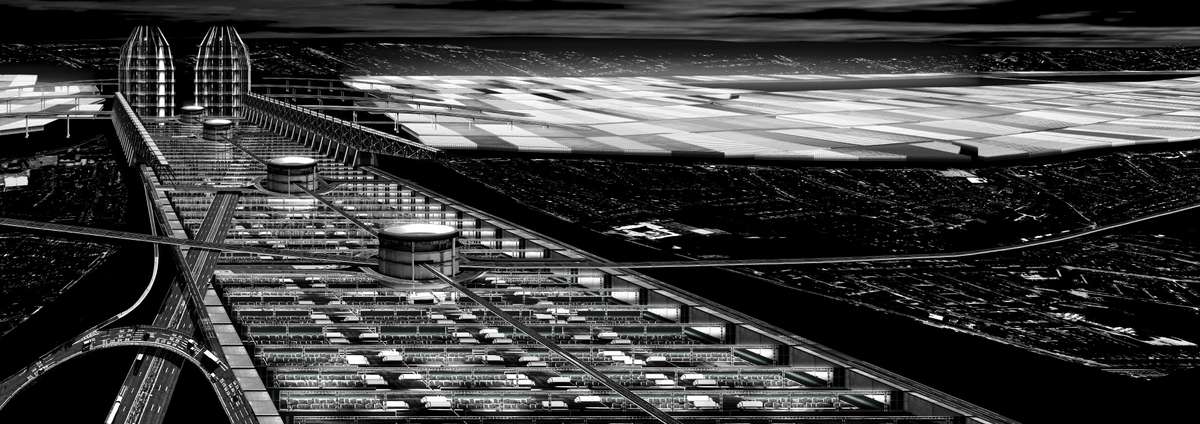
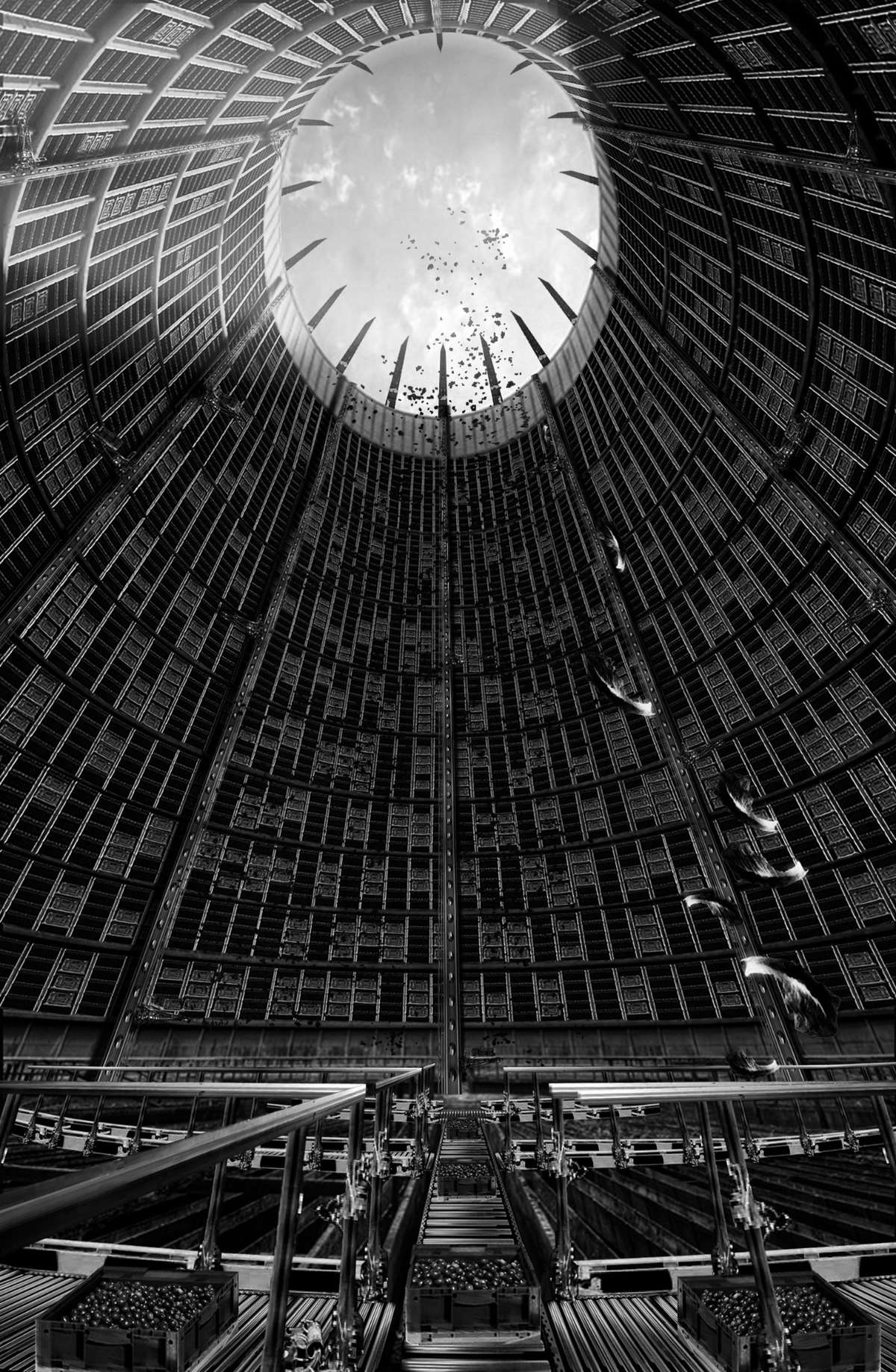
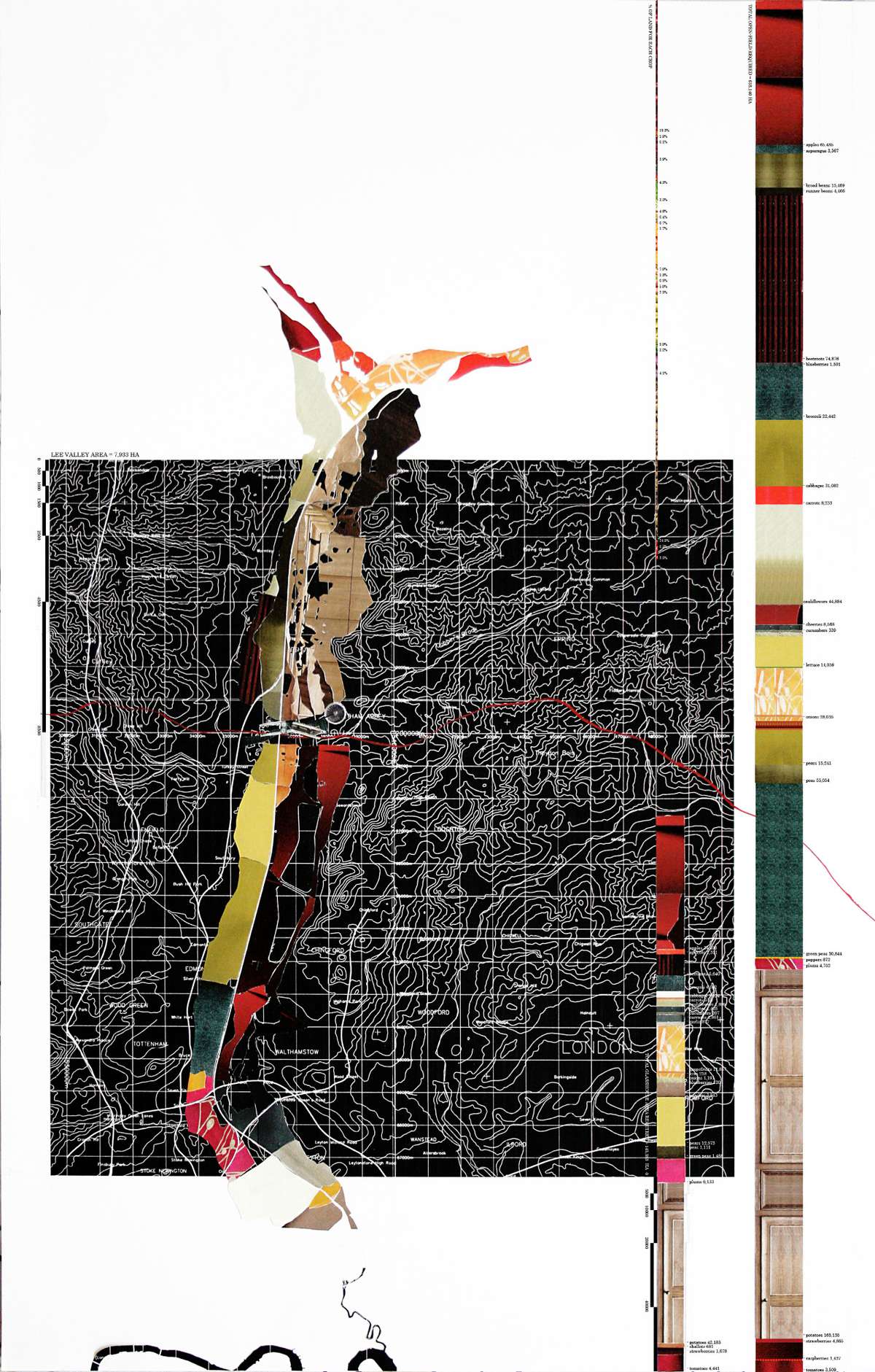
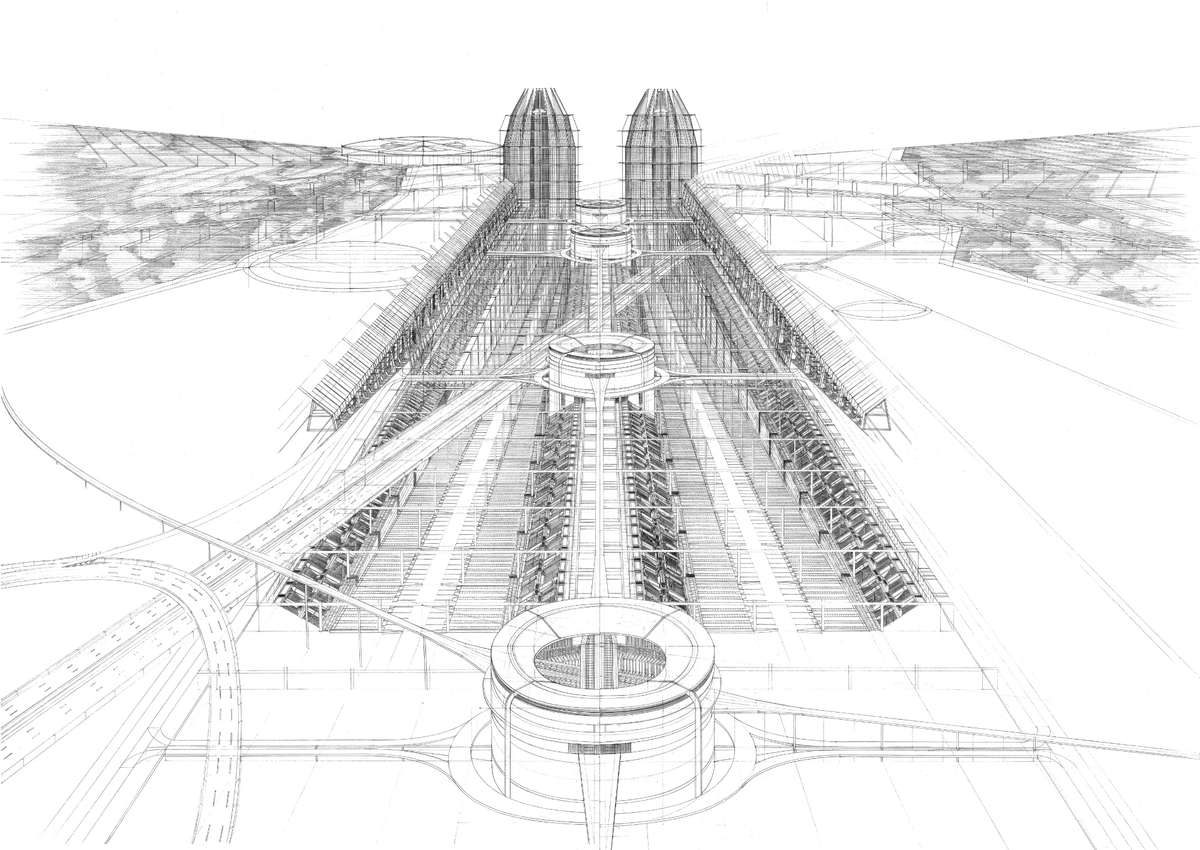
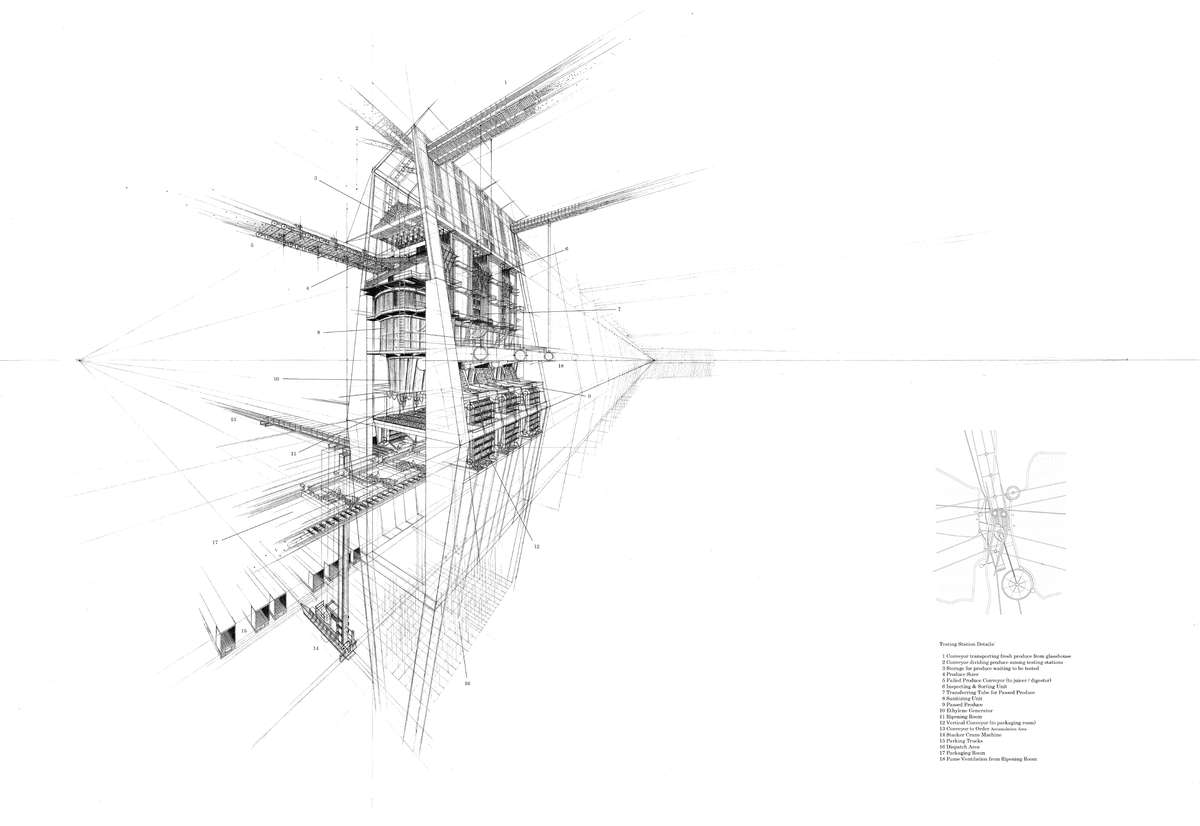
Architecture of Waste
Architecture of Waste

Lea Valley, London has been chosen as the site. It has been a socially and economically deprived area, but also has a remarkable history of horticultural industry in the last century. The proposed super-farm will be an urban regeneration project through urban strategies, which could generate self-sufficiency at 43.7% in 7,933 hectares of land. I have explored the potential agricultural technologies that can boost the levels of productivity and environmental performance: hydroponic farming and the closed-glasshouse system. Thanet Earth and Sky Farm provide examples which I have examined and analysed the technical data of hydroponic farming. The architecture will be responsible to distribution and the use of anaerobic digesters to convert “non-standard” failed produce into bio-fuel, suggesting that 400,000 local households could have energy provision from this source in London. The project attempts to response the challenges of food and fuel supplies that the UK faces in the future.
